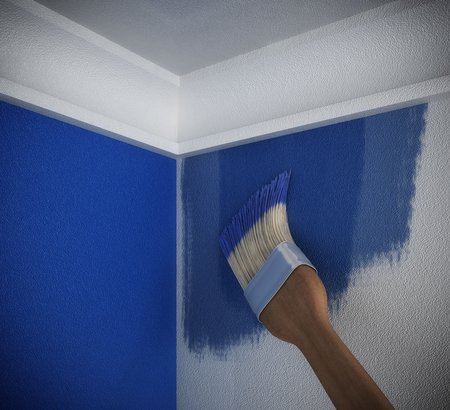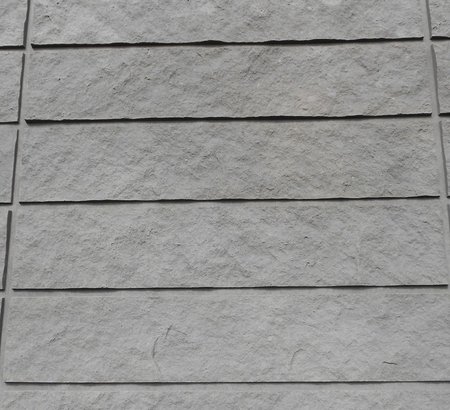Knowledge Base
Filter
-
FAQ
Tolerance of sealants with paint
In this we have two situations: A) Sealant applied to a layer of paint B) Paint applied to a sealant joint
Read more -
FAQ
Paint cracking in acrylic paints
Although in general acrylic sealants can be painted very well both with solvent based paints as well as water based paints (for instance acrylic latex) it is possible that the paint film on the acrylic joint can crack.
Read more -
FAQ
Damage to sealant joints by animals
Sealants used in construction and industry applications must provide a permanent seal between building materials. In normal conditions, combined with regular inspection and maintenance, joint sealants can function for many years. The durability of sealan…
Read more -
Applications
Suitability and pre-treatment of surfaces
For an optimal functioning of a sealant joint it is of essential concern that the sealant will make a good bonding on the surface it is applicated to. Indeed if the bonding fails, the function of sealing partly fails. The strength of bonding between sea…
Read more -
Applications
Mirror bonding
As, for esthetical reasons, mirrors are mostly applied to walls and doors without any mechanical support, special adhesives are used to fasten these mirrors ”invisible” onto the supporting surfaces. Mirrors are sensitive products, because of which not ev…
Read more -
Applications
Joint dimensions and constructions
Both inside and outside of building structures joints are used. These might include: 1. Joints, for example, between frame / wall 2. Expansion joints, for example, between concrete slabs themselves These joints are knowingly provided in the stru…
Read more -
FAQ
Fungi resistance of sealants
Where products are used in wet areas like kitchens, bathrooms, swimming pools, abattoirs, cooling rooms, storage - and production rooms for food, fungal growth can occur. As a result of temperature, humidity, soap residue and traces of fungi in the air f…
Read more -
Applications
Inspection, maintenance and repair of sealant joints
Durability of sealants under normal weather circumstances can vary from 5 to more than 30 years, depending the type. This means with good functioning and application of the sealant, replacement is only mandatory after several years. In this period, inst…
Read more -
FAQ
Chemical resistance silicones
Chemical resistance of silicone rubber In answer to questions regarding the effects of solvents and industrial chemicals on silicone rubber, the following data have been complied. Silicone are in general, chemically inert and are attacked by only a v…
Read more -
FAQ
Discoloration in sealant joints
Sealants are used in building and industrial applications in many places under various circumstances on several substrates. It may occur that the sealant joints show discoloration after a couple of days or weeks. In general the joints can be considered a…
Read more







